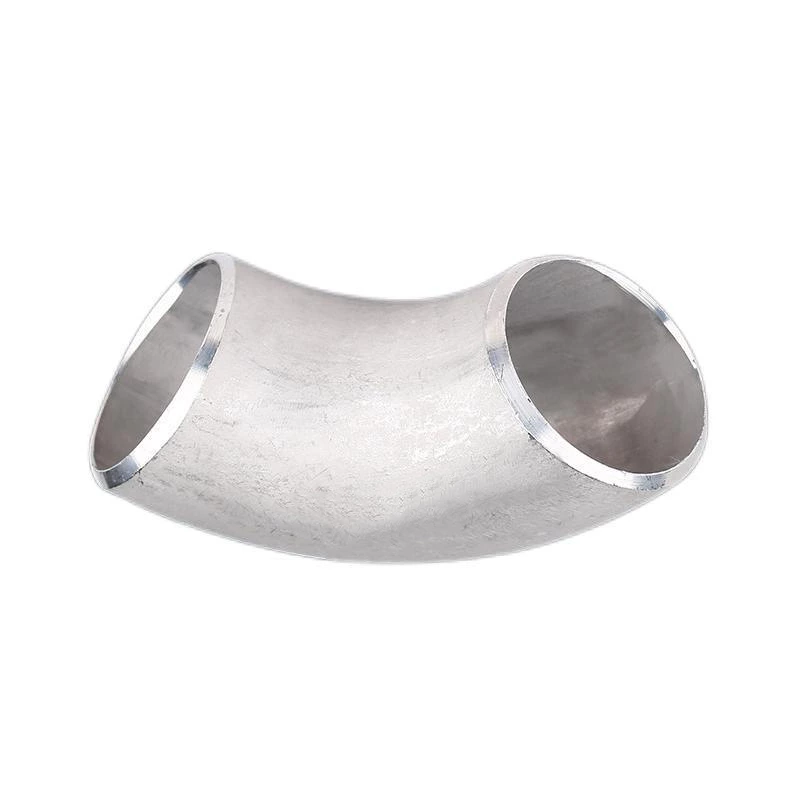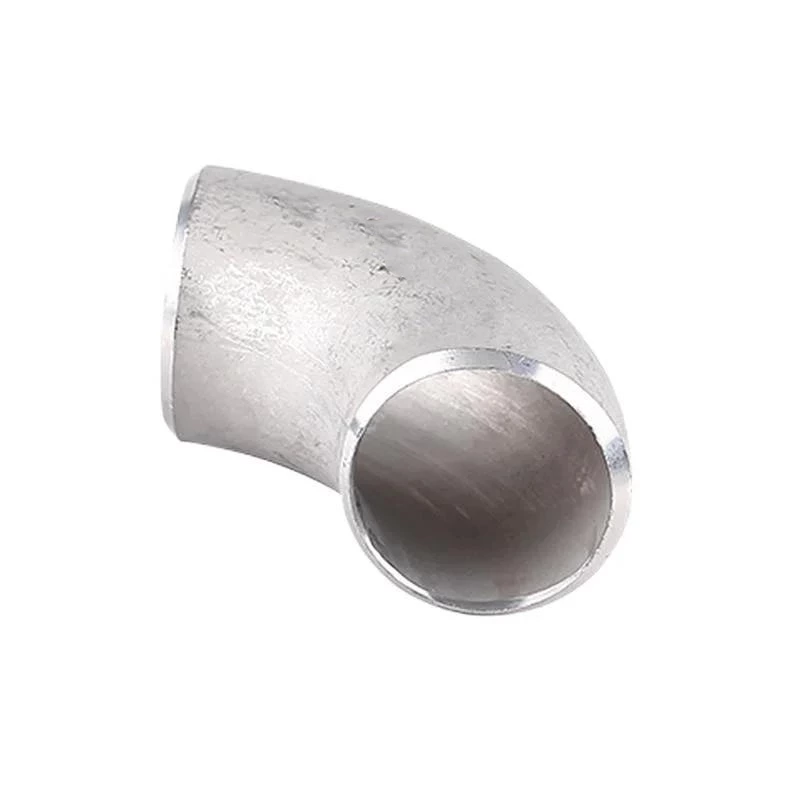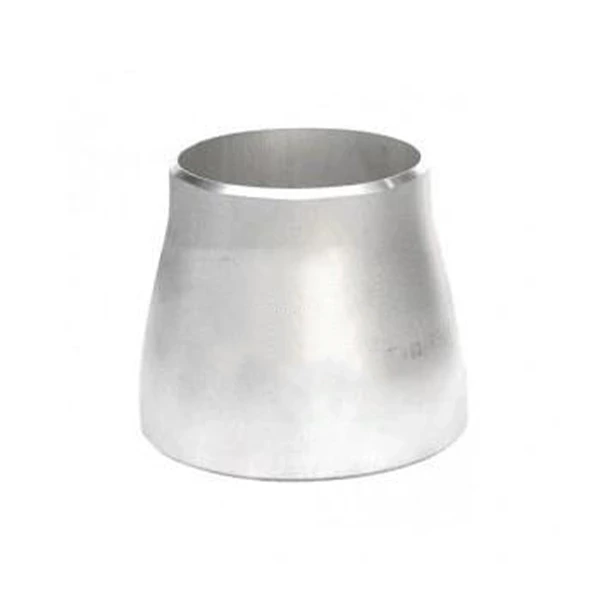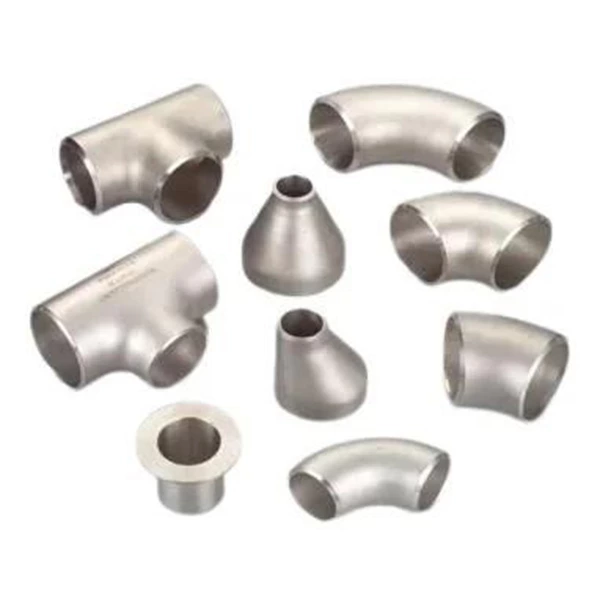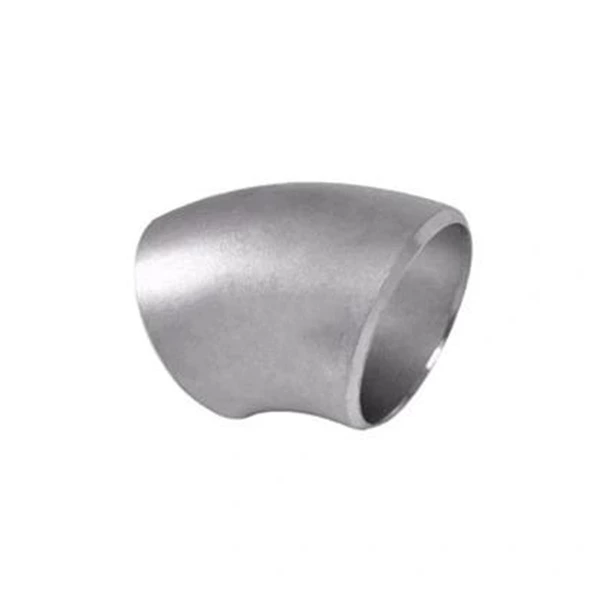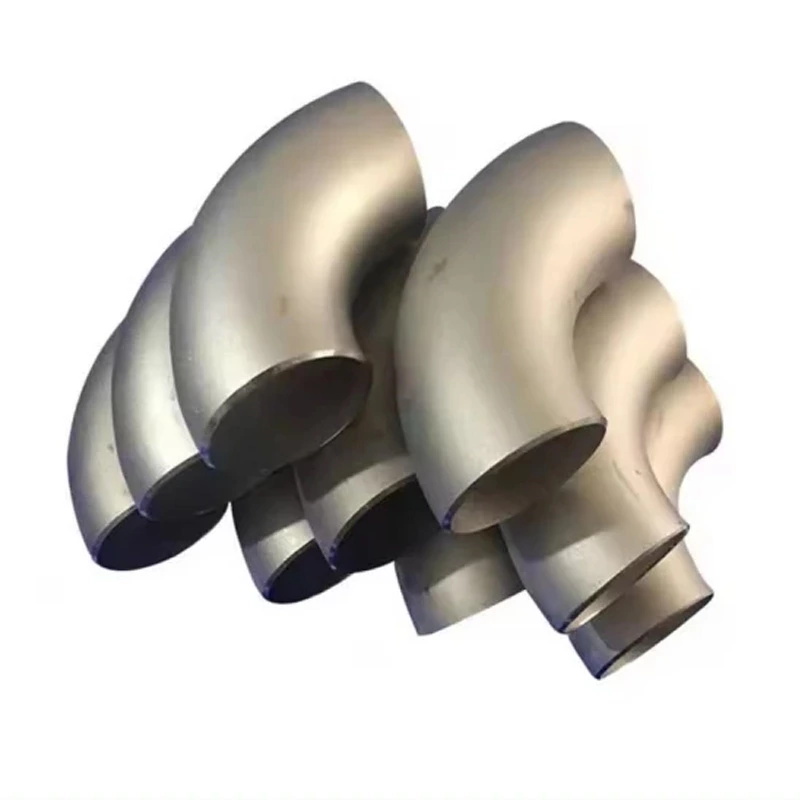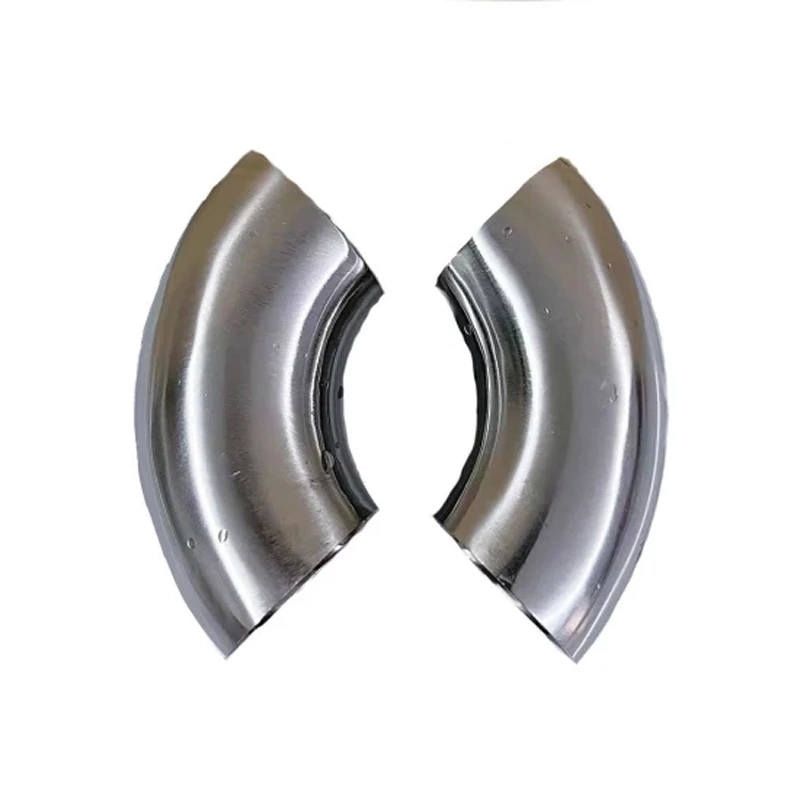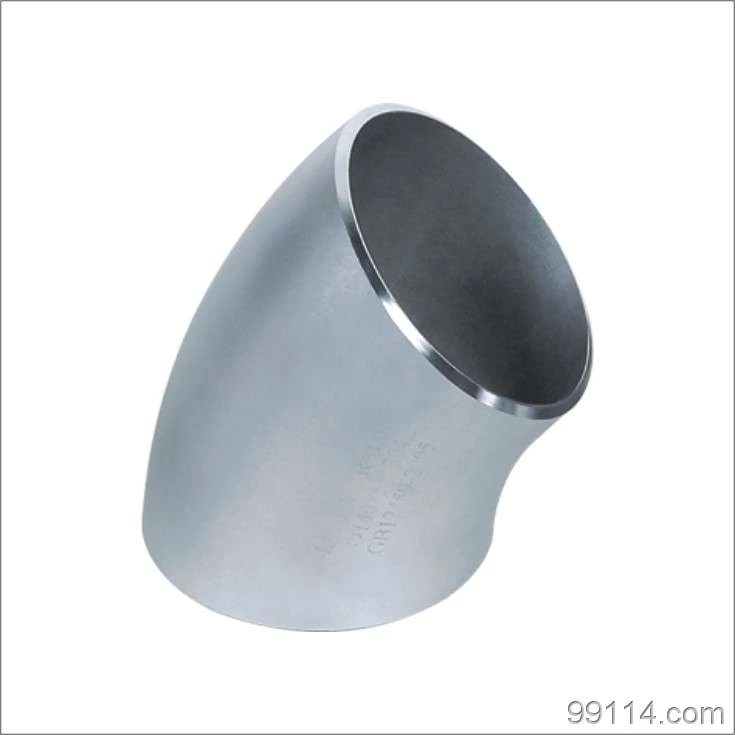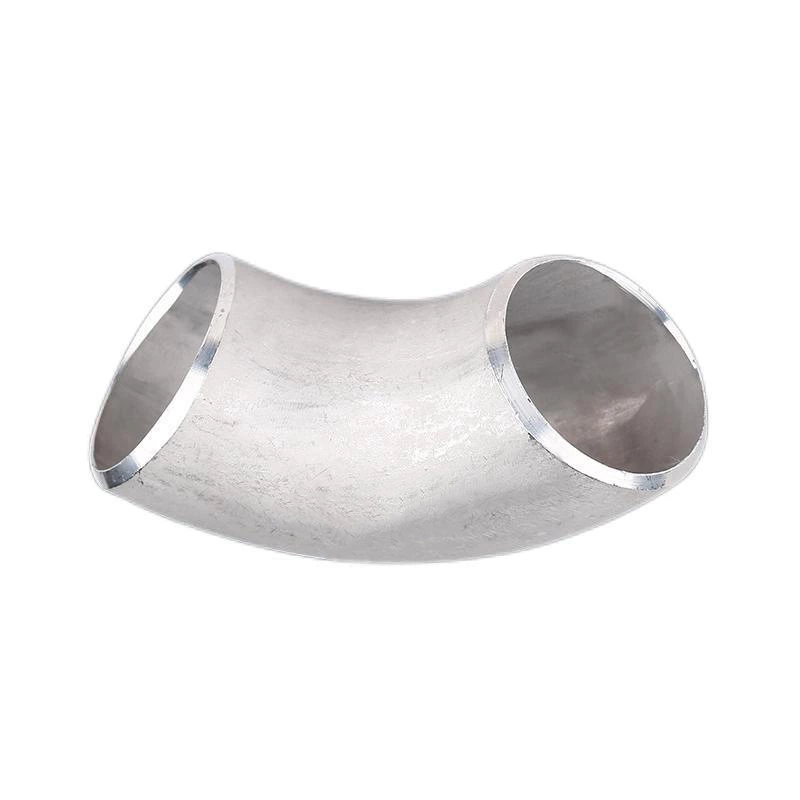How To Identify The Authenticity Of Stainless Steel Pipe Elbows
How to identify the authenticity of stainless steel pipe elbow material:
1. Nitric acid point test A notable feature of stainless steel elbows is their inherent corrosion resistance to concentrated nitric acid and dilute nitric acid. This property makes it easily distinguishable from most other metals or alloys. However, high-carbon 420 and 440 steels are slightly corroded when subjected to nitric acid point tests, and non-ferrous metals will be corroded immediately when encountering concentrated nitric acid. Dilute nitric acid is highly corrosive to carbon steel.
2. Sulfuric acid test The sulfuric acid immersion stainless steel elbow test can distinguish 302 and 304 from 316 and 317. The cut edge of the sample should be finely ground, then cleaned and passivated in nitric acid (specific gravity 1.42) with a volume concentration of 20~30% and a temperature of 60~66°C for half an hour. The volume concentration of the sulfuric acid test solution is 10% and is heated to 71°C. When .302 and 304 steel are immersed in this hot solution, they are rapidly corroded and generate a large number of bubbles, and the sample turns black within a few minutes; while 316 and 317 steel The sample will not be corroded or react very slowly (no bubbles will be produced), and the sample will not discolor within 10 to 15 minutes. If samples of known composition are tested simultaneously for approximate comparison, the test can be made.
3. Copper sulfate point test The copper sulfate point test is a simple method to quickly distinguish ordinary carbon steel from all types of stainless steel. The concentration of copper sulfate solution used is 5~10%. Before conducting a spot test, remove grease or various impurities from the test area, polish a small area with a soft grinding cloth, and then use a dropper bottle to drip copper sulfate solution into the cleaned area. Ordinary carbon steel or iron will form a layer of surface metallic copper in a few seconds, while the surface of the stainless steel elbow will not produce copper precipitation or show the color of copper.
4. Magnetic test Magnetic test is a simple method to distinguish annealed austenitic stainless steel from ferritic stainless steel. Austenitic stainless steel is non-magnetic steel, but it will become slightly magnetic after cold working under high pressure; while pure chromium steel and low alloy steel are both highly magnetic steels.
Stainless Steel Weld Elbow can be divided into different types according to its product performance and different materials. According to the manufacturing standards, it can be divided into national standard, ship standard, electric standard, water standard, American standard, German standard, Japanese standard, Russian standard, etc.
According to the production method, it can be divided into pushing, pressing, forging, casting, etc. The 90-degree stainless steel elbow is mainly used as a connecting pipe fitting in pipeline installation and is used for connection at pipeline corners. Connect two pipes with the same or different nominal diameters to make a 90-degree turn in the pipes.
Stainless steel elbows are usually made of carbon steel with a high proportion of Cr, Ni and other alloys added, with the content proportion reaching more than 20%. Common steel types include: 304, 304L, 321, 316, 316L, 1Cr18Ni9Ti, 0cr18ni9. The first several steel numbers represented by numbers are the Japanese and American steel number representation methods, and the latter (1Cr18Ni9Ti) is the domestic steel number representation method.
